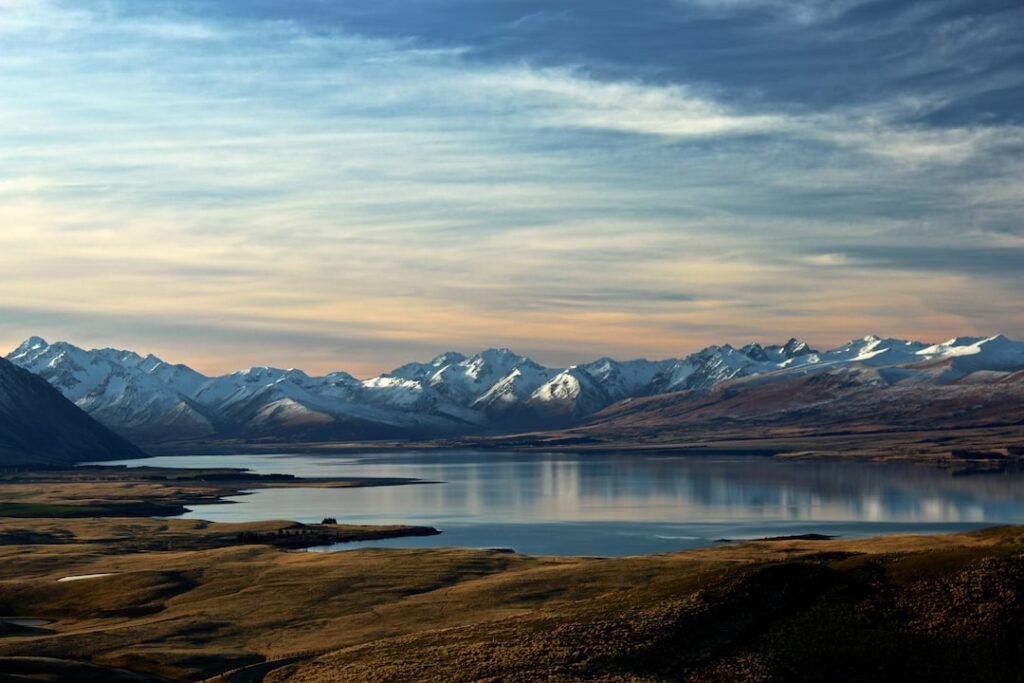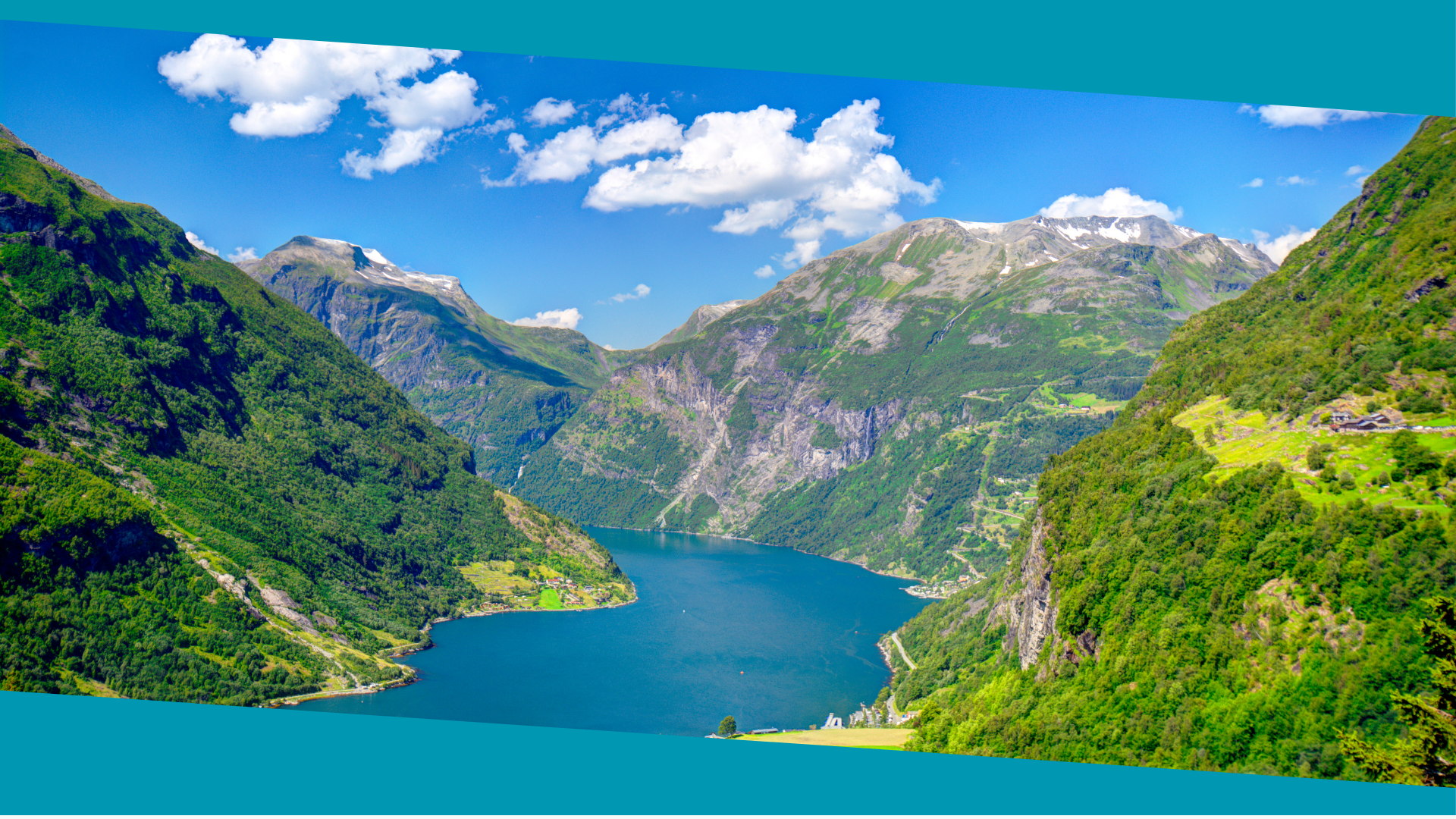Norway, a country known for its stunning natural landscapes and commitment to sustainability, has been at the forefront of environmental efforts in the Arctic Circle. With its vast coastline and proximity to the Arctic region, Norway has recognized the importance of protecting this fragile ecosystem and has implemented various policies and initiatives to ensure its preservation. This article will delve into Norway’s environmental policy, technology, projects, awareness, achievements, future plans, and international cooperation, highlighting its role as a model for sustainable development.
Norway’s Environmental Policy: Commitment to the Environment
Norway’s commitment to the environment is evident in its comprehensive environmental policy. The country has set ambitious goals to reduce greenhouse gas emissions and transition to a low-carbon economy. Norway aims to be carbon neutral by 2030 and has implemented various measures to achieve this target. These include promoting renewable energy sources such as wind and hydropower, investing in energy-efficient technologies, and implementing carbon pricing mechanisms.
In addition to reducing carbon emissions, Norway is also focused on protecting biodiversity and preserving natural habitats. The country has established numerous national parks and nature reserves, covering a significant portion of its land area. These protected areas serve as important habitats for a wide range of plant and animal species, ensuring their survival for future generations.
Norway’s Environmental Technology: Global Innovation Leader
Norway is recognized as a global leader in environmental technology and innovation. The country has developed advanced technologies in various sectors, including renewable energy, waste management, and sustainable transportation. One notable example is Norway’s expertise in offshore wind energy. The country has successfully implemented offshore wind farms that harness the power of wind to generate clean electricity.
Norway is also at the forefront of waste management solutions. The country has implemented an efficient recycling system that encourages citizens to separate their waste into different categories for recycling. Additionally, Norway has invested in advanced waste-to-energy facilities that convert waste into heat and electricity, reducing the reliance on fossil fuels.
Norway’s Environmental Projects: Protecting the Arctic Circle’s Ecosystem
Norway has undertaken several environmental projects to protect the fragile ecosystem of the Arctic Circle. One of the most significant projects is the establishment of marine protected areas in the Arctic Ocean. These protected areas aim to preserve the biodiversity of the region and ensure the sustainable use of its resources.
Another important project is the restoration of degraded habitats in the Arctic region. Norway has implemented measures to restore damaged ecosystems, such as reforestation and wetland restoration. These efforts help to enhance biodiversity and improve the resilience of ecosystems in the face of climate change.
Norway’s Environmental Awareness: Education and Advocacy
Norway places a strong emphasis on environmental education and awareness. The country has implemented comprehensive environmental education programs in schools, teaching students about the importance of sustainability and environmental conservation. Additionally, Norway has numerous environmental organizations and NGOs that advocate for sustainable practices and raise awareness about environmental issues.
Norway’s Environmental Achievements: Reducing Carbon Emissions

Norway has made significant achievements in reducing carbon emissions. The country has successfully transitioned to a low-carbon economy, with a significant portion of its energy coming from renewable sources. Norway is a global leader in hydropower production, with over 95% of its electricity generated from hydropower plants.
Furthermore, Norway has implemented policies to promote electric vehicles (EVs) and reduce emissions from transportation. The country offers various incentives for EV owners, such as tax exemptions and free charging stations. As a result, Norway has one of the highest rates of EV adoption in the world.
Norway’s Future Environmental Plans: Moving Towards a More Sustainable Future
Looking ahead, Norway has ambitious plans to further enhance its environmental efforts and move towards a more sustainable future. The country aims to increase the share of renewable energy in its energy mix and further reduce carbon emissions. Norway also plans to invest in research and development to drive innovation in clean technologies and solutions.
Additionally, Norway is committed to preserving its natural landscapes and biodiversity. The country plans to expand its network of protected areas and implement measures to restore degraded habitats. Norway also aims to strengthen its environmental education programs and raise awareness about the importance of sustainability among its citizens.
Balancing Norway’s Environmental Efforts with Economic Development
While Norway is committed to environmental protection, the country also recognizes the need for economic development. Norway’s economy heavily relies on the oil and gas industry, which presents a challenge in terms of balancing environmental concerns with economic growth.
To address this challenge, Norway has implemented measures to reduce the environmental impact of the oil and gas industry. The country has strict regulations in place to ensure responsible extraction and minimize pollution. Additionally, Norway has invested in research and development to develop cleaner technologies for the industry.
Norway’s Environmental Cooperation with the International Community: Addressing Climate Change Together
Norway actively cooperates with the international community to address climate change and promote sustainable development. The country is a signatory to various international agreements and initiatives, such as the Paris Agreement and the United Nations Sustainable Development Goals.
Norway provides financial support to developing countries for climate change mitigation and adaptation projects. The country also shares its expertise in renewable energy and sustainable practices with other nations, contributing to global efforts to combat climate change.
Norway as a Model for Sustainable Development
In conclusion, Norway’s environmental efforts in the Arctic Circle serve as a model for sustainable development. The country’s commitment to the environment, innovative technologies, environmental projects, awareness programs, achievements in reducing carbon emissions, future plans, and international cooperation all contribute to its status as a global leader in sustainability. As the world faces increasing environmental challenges, Norway’s approach provides valuable lessons and inspiration for other nations to follow.
请点击这里阅读一篇相关文章,该文章介绍了挪威环境保护方面的八个绿色行动。
FAQs
什么是挪威环境保护?
挪威环境保护是指挪威政府和民间组织采取的各种措施,以保护挪威的自然环境和生态系统。
挪威环境保护的目的是什么?
挪威环境保护的目的是保护挪威的自然环境和生态系统,以确保其可持续发展和保护人类健康。
挪威环境保护的措施有哪些?
挪威环境保护的措施包括:限制工业和农业对环境的污染、保护野生动植物、保护森林、限制气候变化、推广可持续发展等。
挪威环境保护的成果如何?
挪威环境保护的成果包括:空气和水质量的改善、野生动植物数量的增加、森林面积的扩大、可再生能源的推广等。
挪威环境保护的挑战是什么?
挪威环境保护面临的挑战包括:气候变化、海洋污染、生物多样性丧失、土地开发等。


